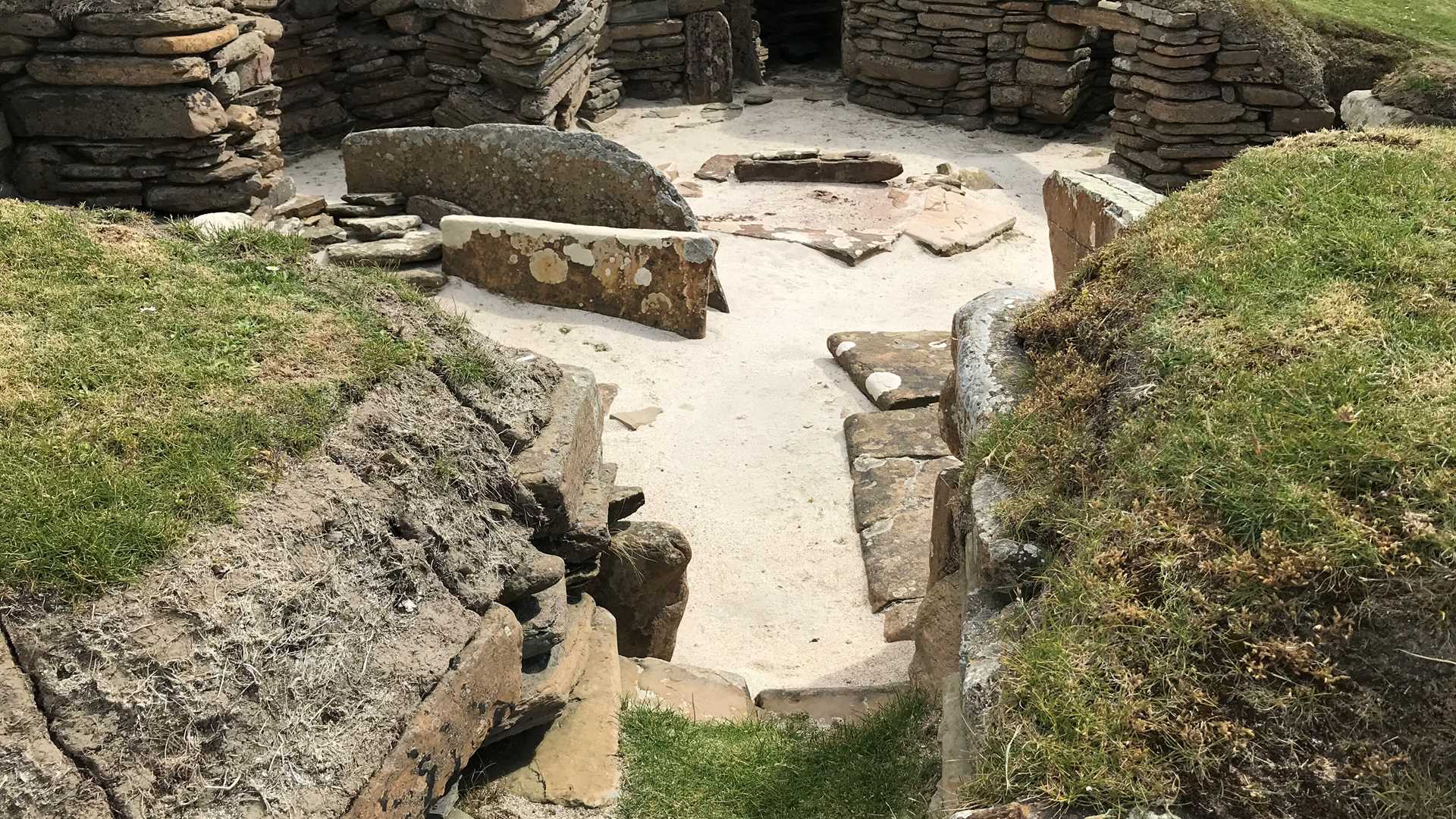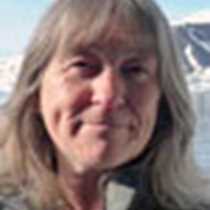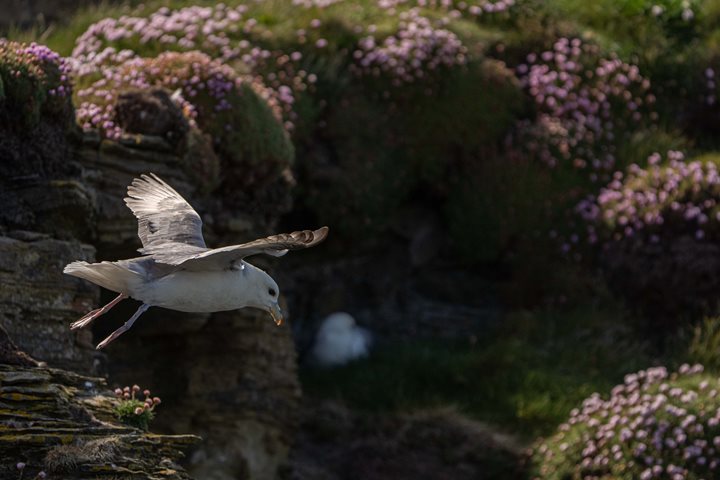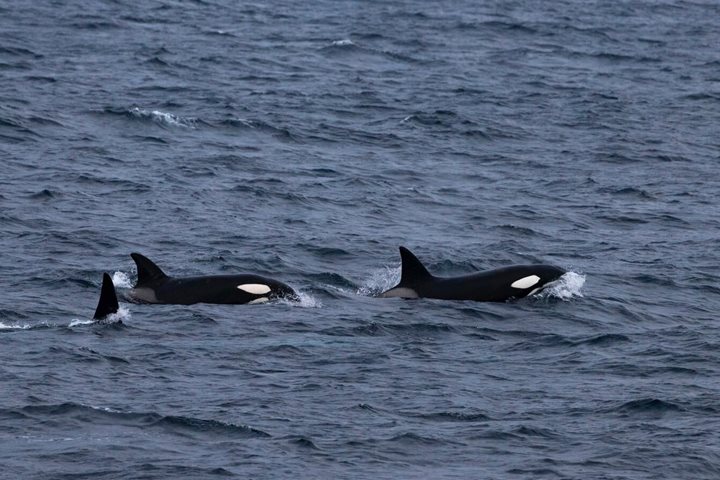Kirkwall, the capital city of Orkney, was sparkling in warm sunshine this morning. We dispersed for different walks, some to photograph the winding streets and charming gardens of the town, some to look for birds in the Orcadian countryside, and others to stroll the town and learn something of its history. Tales were told of pirates, press-gangs, wicked earls, and Norse saints. We learnt of the origins of Kirkwall with the building of St. Magnus’s, Orkney’s great Norse cathedral begun in 1137, a stunning Romanesque and Gothic edifice in red and yellow sandstone. At this time, Orkney was still part of the Scandinavian world, remaining so until the 15th century when it passed to the Scottish Crown. Scapa Flow, the world’s second largest natural harbor, housed the British fleet in both world wars, and some guests took a brisk walk to explore the dramatic events with the scuppering of the German fleet in June 1919 and the sinking of the Royal Oak, the Royal Navy’s flagship, in October 1939.
The neolithic heart of Orkney, UNESCO World Heritage inscribed, abounds in monumental archaeological sites. Skara Brae is a remarkably intact village that was exposed by a storm in 1850. Its stone houses survive, complete with stone furniture, including beds, dressers, and hearths. These houses were inhabited by Stone Age farming people for 600 years between 3100 BC and 2500 BC. The contemporary Ring of Brodgar originally comprised 60 standing stones in a wide circle within a henge defined by a deep rock-cut ditch, part of a complex of monuments that dominate the landscape in this part of Orkney.
The nature and wildlife of Orkney are just as spectacular. Rich soils produce wildflower meadows full of orchids, the shores are abundant with mute swans and oystercatchers, and the air is filled with the singing of larks.







